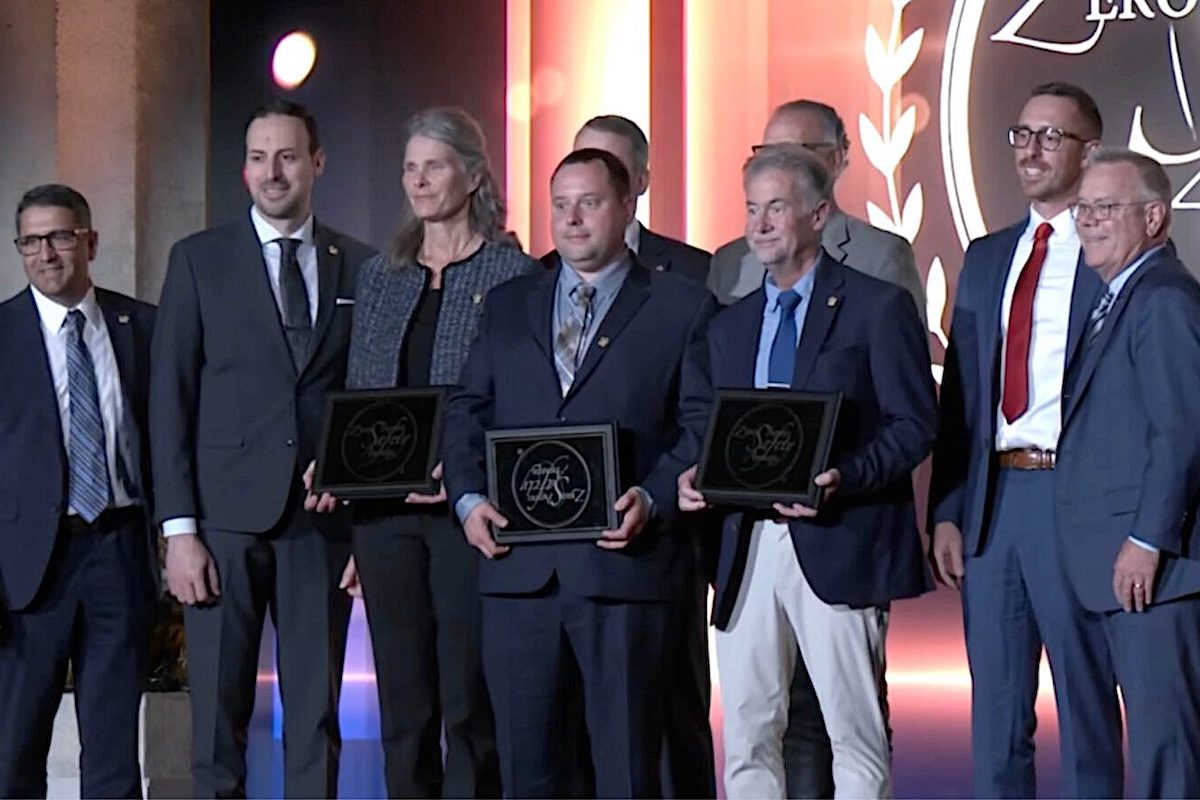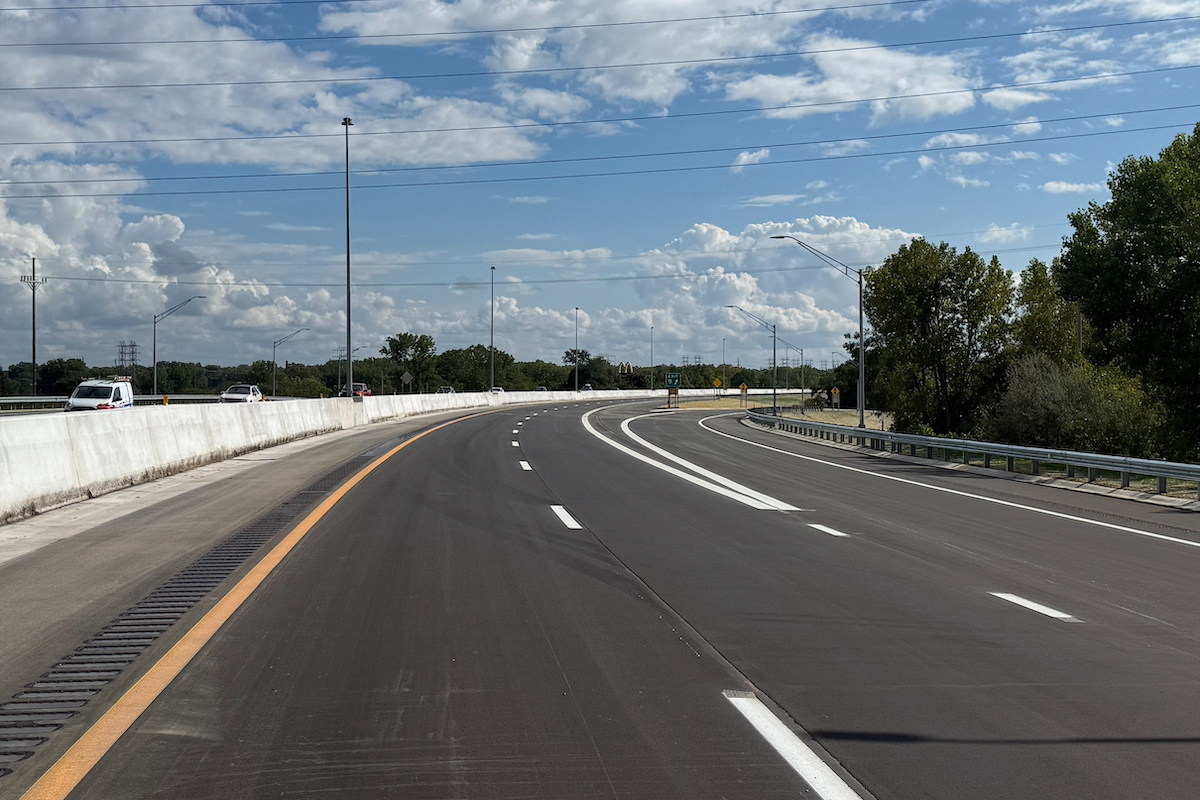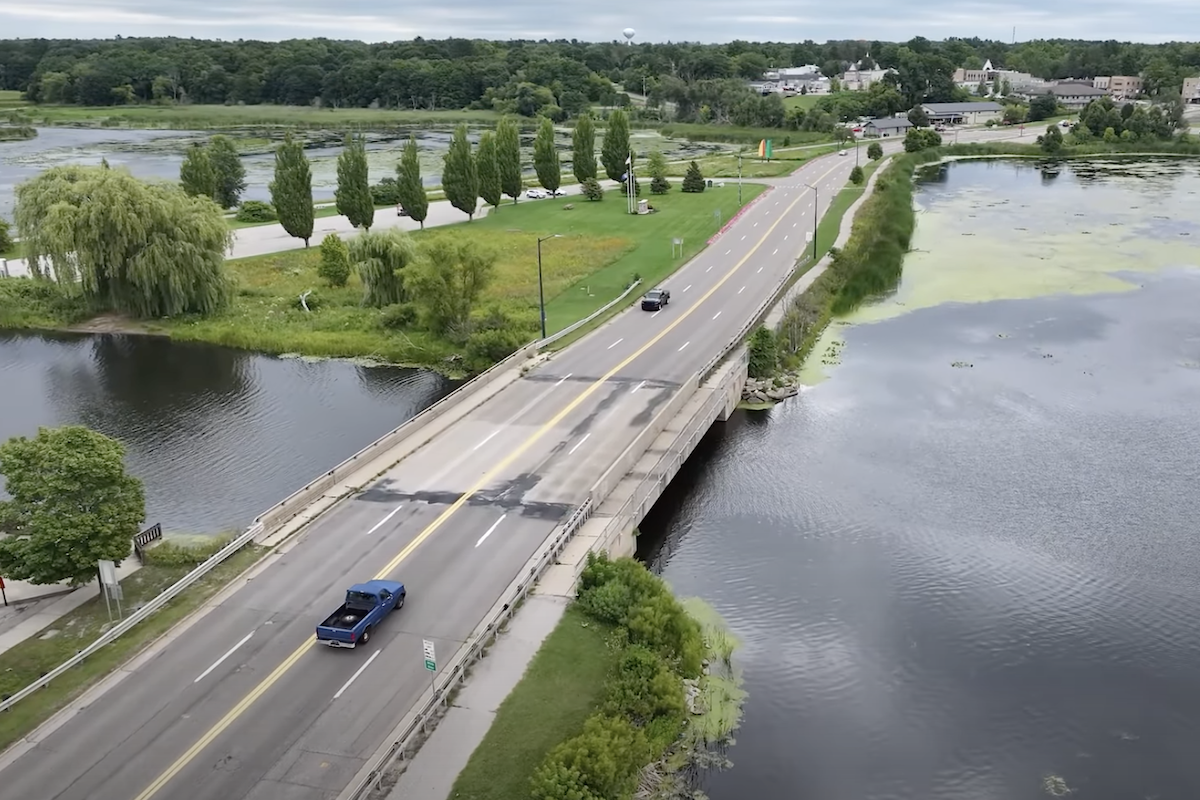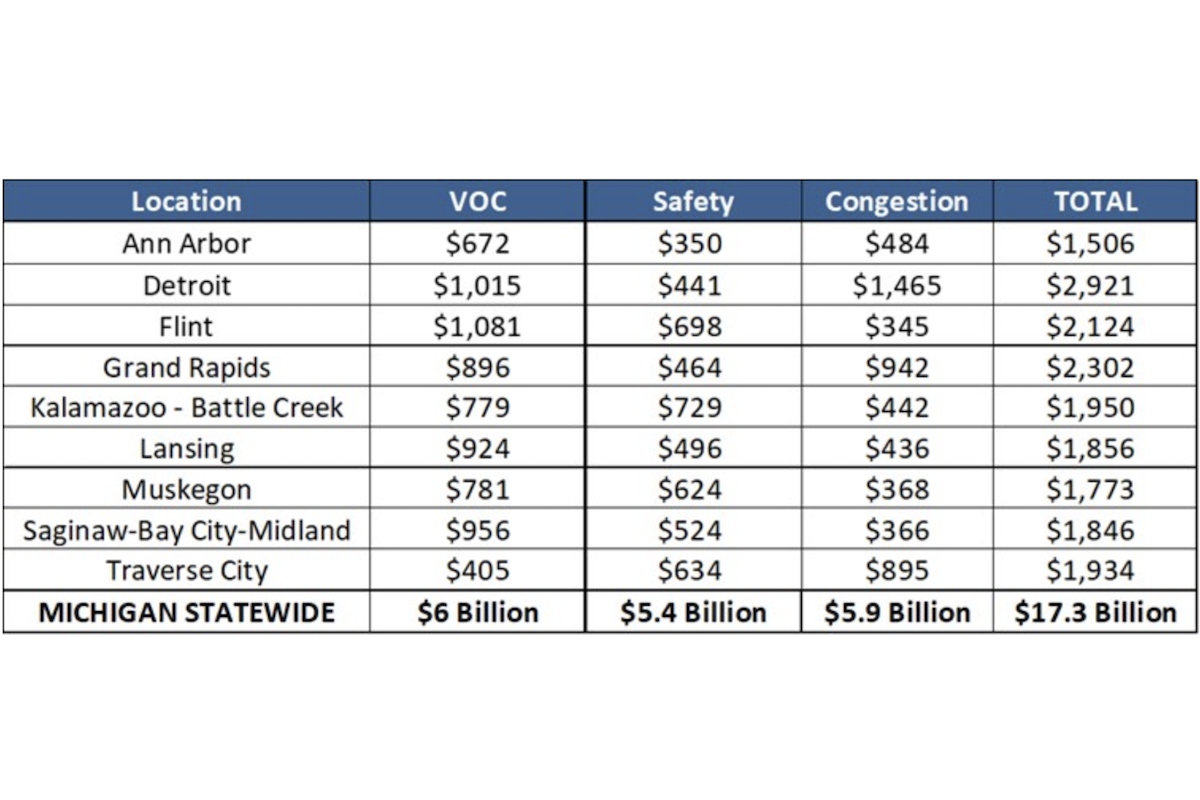MDOT safety projects are part of a larger effort to help move the state Toward Zero Deaths (TZD). Since 2010, MDOT has collaborated statewide with law enforcement officials and first responders to promote this important national highway safety strategy, including posting year-to-date fatality totals in their offices and on roadside dynamic message signs. These efforts are raising awareness of traffic safety challenges in Michigan.
Beyond the statewide education and awareness campaign, MDOT's Superior Region, which encompasses the entire Upper Peninsula, has undertaken several other safety initiatives.
"Many projects this year are aimed at moving the Superior Region Toward Zero Deaths," said Justin Junttila, Regional Traffic and Systems Operations Specialist with MDOT. "Safety is the top priority at MDOT, and our designers continue to integrate safety features into the design and planning of upcoming projects."
A major bridge replacement project completed last year boasts a safety measure new to the Superior Region. The Escanaba River Bridge on US-2/US-41/M-35 (originally constructed in 1929) connects the cities of Escanaba and Gladstone. Changing design standards and aging infrastructure created the need for a complete replacement of the bridge, with construction on the over $18-million project beginning in 2017.
"With this total replacement coming, MDOT looked to make changes in the design that would enhance the safety of the bridge," said Jason DeGrand, Region Operations Engineer. "In addition to geometric changes, MDOT identified an intelligent transportation system to increase safety."
The new bridge incorporates sweeping curves, a barrier-separated nonmotorized pathway, longer sight distance and has eliminated a dip in the roadway. Further, the bridge is equipped with a $450,000 bridge deck warning system to alert motorists when conditions could be slippery.
The bridge is just downstream from a hydroelectric dam that can introduce moisture to the air. New pole-mounted sensors on the bridge measure many variables, including air temperature, relative humidity, precipitation, surface temperature and friction, DeGrand said. These inputs are processed by an algorithm that activates flashing LED lights on "Bridge Ices Before Road" signs when a threshold is exceeded.
The primary goal of the system is to get drivers to slow down and be cautious. But the system also alerts the Delta County Road Commission when it activates so they can respond with appropriate road treatments.
"We're working to fine-tune the algorithm that activates the warning system," Junttila said. "It's currently triggering too many activations, and we don't want to desensitize drivers to the warnings."
Though it is new to the Superior Region, there are two similar systems already installed on I-75 in Otsego and Cheboygan counties in the northern Lower Peninsula, and they have seen some success. Neither location has experienced a fatal or serious injury crash since installation.
Other TZD efforts over the past year have great potential for crash reduction and increased safety:
The statewide TZD safety campaign parallels a national strategy on highway safety. Even though the number of fatalities occurring on U.S. highways dropped slightly last year, roadway safety remains one of the most challenging problems facing our state and our nation. The number of people killed in traffic crashes in 2018 was 36,560, down 2.4 percent from 2017, according to preliminary statistics from the National Highway Transportation Safety Administration. It was the second consecutive year of reduced crash fatalities. But pedestrian and bicyclist deaths actually increased in 2018 and distracted driving remains a serious concern. It was a reported factor in 9 percent of all fatal crashes in 2017. Driver error is a factor in more than 90 percent of crashes.
In the Upper Peninsula, the data clearly shows the scope of the safety challenge. As of November 1, preliminary figures showed traffic crash fatalities in the Upper Peninsula were up from 28 in 2018 to 40 in 2019, while serious injuries went from 187 to 196. However, that is no reason to give up on safety efforts.
"MDOT can't change every factor involved in traffic safety," Junttila said. "But we're focused on building a safer transportation landscape for all users."




































































